Home>Garden Essentials>Where Do Pumpkin Seeds Come From
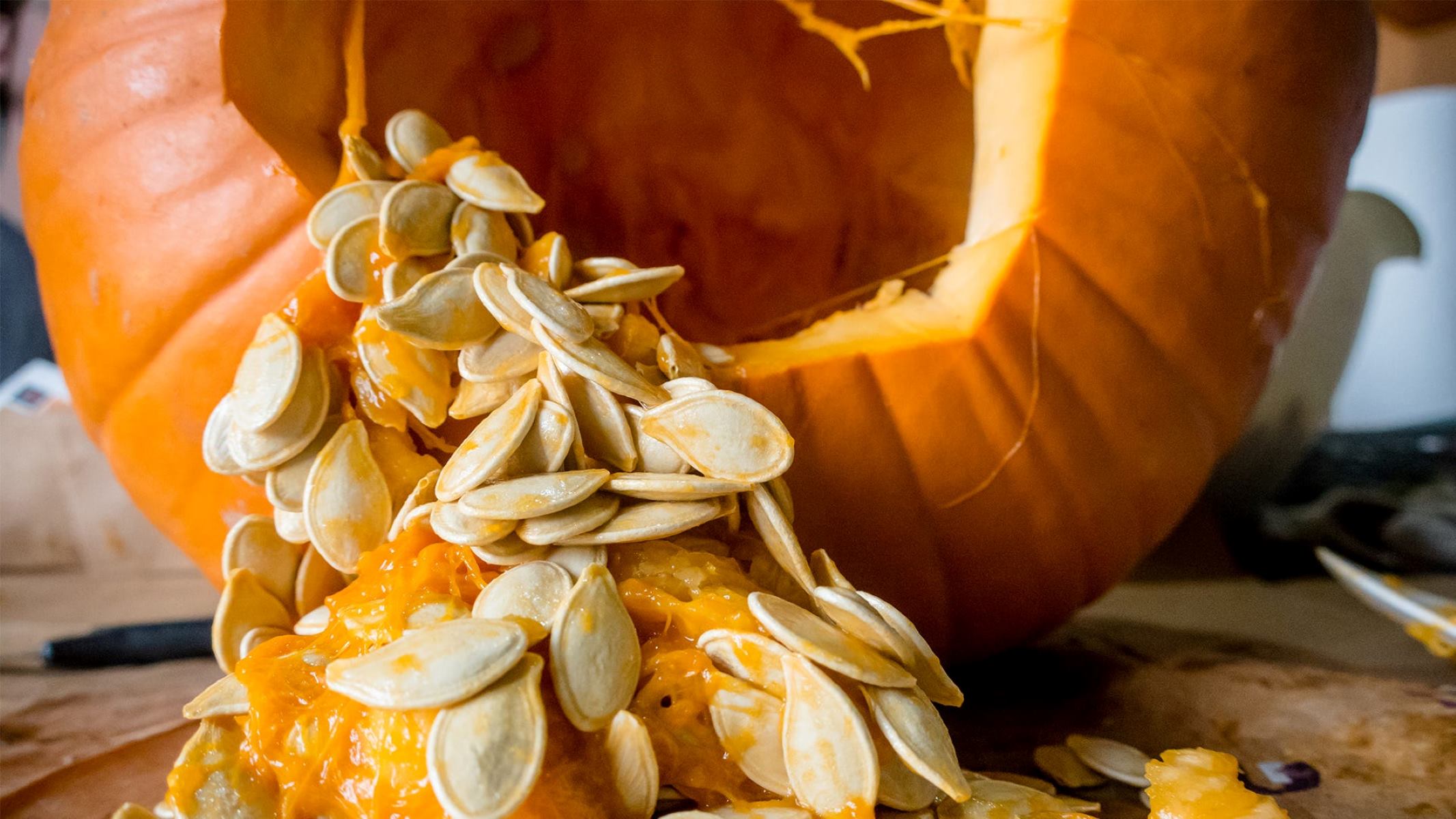

Garden Essentials
Where Do Pumpkin Seeds Come From
Modified: March 16, 2024
"Discover the origin of pumpkin seeds in your garden and learn how to grow them yourself. Find out the fascinating journey from seed to harvest."
(Many of the links in this article redirect to a specific reviewed product. Your purchase of these products through affiliate links helps to generate commission for Storables.com, at no extra cost. Learn more)
Introduction
Welcome to the fascinating world of pumpkin seeds! When you think of pumpkins, you might envision the vibrant orange fruits that symbolize the fall season. But did you know that the humble pumpkin seeds, often overlooked, are packed with nutritional benefits and have a rich history rooted in ancient civilizations?
Throughout history, pumpkin seeds have played a significant role in various cultures, from culinary uses to medicinal remedies. In this article, we will explore the origins and cultivation of pumpkins, delve into the process of harvesting and processing pumpkin seeds, and uncover the numerous health benefits and culinary delights that these small but mighty seeds offer.
So, let’s dive in and discover the fascinating journey of pumpkin seeds, from their historical roots to their present-day significance!
Key Takeaways:
- Pumpkin seeds have a rich history dating back thousands of years, valued for their nutritional and medicinal properties by ancient civilizations. They are now widely enjoyed for their delicious taste and numerous health benefits.
- Cultivating, harvesting, and processing pumpkin seeds is a rewarding journey that leads to a versatile ingredient packed with protein, healthy fats, and essential nutrients. From snacks to salads, pumpkin seeds offer endless culinary possibilities.
Read more: Where Do The Sunflower Seeds Come From
History of Pumpkin Seeds
The history of pumpkin seeds can be traced back thousands of years. Native to the Americas, pumpkins were cultivated by ancient Mesoamerican civilizations, including the Aztecs and Mayans. They not only admired the pumpkin for its delicious fruit but also recognized the value of its seeds.
Archaeological evidence suggests that pumpkin seeds were an essential part of the diet in these early civilizations. They were used in various culinary preparations, roasted and ground into a flour-like substance, or even pressed to extract oil. These versatile seeds were considered a valuable source of nutrients and were highly regarded for their medicinal properties.
As European explorers reached the Americas, they encountered pumpkins and their seeds. They were astonished by their size and versatility. Pumpkin seeds soon found their way back to Europe, where they gained popularity as a nutritious snack and a key ingredient in cooking.
In North America, pumpkin seeds continued to be used by indigenous tribes in both culinary and medicinal traditions. They were often incorporated into stews, bread, and desserts, adding a unique nutty flavor and a crunchy texture.
Today, pumpkin seeds are widely consumed and appreciated around the world. They have become a staple in cuisines from Latin America to the Middle East and beyond. In addition to their culinary uses, they have gained recognition for their numerous health benefits, making them a popular choice among health-conscious individuals.
The history of pumpkin seeds is a testament to their enduring appeal and their remarkable journey from an ancient staple to a beloved ingredient in our modern-day kitchen. Let’s now explore how pumpkins are cultivated and the process of extracting those precious seeds.
Cultivation of Pumpkins
Pumpkins are warm-season crops with a long history of cultivation. They belong to the Cucurbitaceae family, which also includes other squash varieties. To cultivate pumpkins, certain conditions need to be met to ensure optimal growth and a bountiful harvest.
First and foremost, pumpkins require ample sunlight. Choose a location in your garden or field that receives at least 6-8 hours of direct sunlight per day. Prepare the soil by loosening it with a rake or tiller and removing any weeds or debris. Optimal soil pH for growing pumpkins is between 6.0 and 7.5.
Before planting, it’s beneficial to enrich the soil with organic matter like compost or well-rotted manure. This helps improve soil fertility and adds essential nutrients that are vital for pumpkin growth.
Pumpkins can be started from seeds or seedlings. If starting from seeds, sow them directly into the prepared soil, spacing them about 2-3 feet apart. Plant the seeds at a depth of around 1 inch and cover them with soil. Ensure the soil remains moist but not waterlogged during the germination process.
If starting with seedlings, transplant them into the prepared soil once the risk of frost has passed and the soil temperature has warmed up to around 60°F (15°C). Be careful not to disturb the delicate roots of the seedlings during transplantation.
Throughout the growing season, pumpkins require regular watering. Aim to keep the soil evenly moist, especially during dry spells. However, be cautious not to overwater, as this can lead to root rot. Mulching around the base of the plants can help conserve moisture and suppress weed growth.
Fertilization is crucial for the healthy development of pumpkins. Use a balanced fertilizer high in phosphorus and potassium to promote strong root growth and fruit production. Follow the manufacturer’s instructions for application rates and frequency.
Pumpkins are typically ready for harvest within 75-100 days, depending on the variety. The fruit should have a deep orange color, the stem should be slightly brown and dry, and the skin should be firm. Use a clean, sharp knife or shears to harvest the pumpkins, leaving a few inches of stem attached.
Nurturing the growth of pumpkins requires patience and care. From seed to harvest, the cultivation process is a rewarding journey that sets the stage for the next step: harvesting the pumpkin seeds. Let’s explore the fascinating process of collecting and processing pumpkin seeds in the next section.
Harvesting Pumpkin Seeds
Harvesting pumpkin seeds is an exciting part of growing pumpkins. Once your pumpkins have reached maturity, it’s time to gather the seeds for culinary delights and potential future plantings.
To harvest pumpkin seeds, begin by carefully cutting open the pumpkin using a sharp knife. Take caution to avoid damaging the seeds as you cut. Once the pumpkin is opened, scoop out the seeds and pulp using a spoon or your hands. Place the seeds in a bowl or colander.
Next, separate the seeds from the pulp. Rinse the seeds under cool running water, removing any clinging pulp or stringy bits. Gently swish the seeds in the water to help dislodge any remaining debris.
Once the seeds are clean, spread them out on a clean towel or paper towel to dry. Make sure they are arranged in a single layer, allowing for proper air circulation. Place the seeds in a well-ventilated area or near a fan to speed up the drying process. It may take several days for the seeds to completely dry out.
As the seeds dry, they will shrivel slightly and develop a thin, papery coating. This coating, known as the seed coat, helps protect the seeds and extend their shelf life. It’s important not to remove this coating during the drying process.
Once the pumpkin seeds are thoroughly dry, you can store them in an airtight container. Keep them in a cool, dark place, such as a pantry or cupboard. Properly stored pumpkin seeds can remain fresh and viable for up to 6 months.
Now that you’ve successfully harvested and dried your pumpkin seeds, it’s time to explore the various ways you can process and utilize them. Pumpkin seeds are not only delicious but also offer a myriad of health benefits. Let’s dive into the next section to uncover the secrets of processing pumpkin seeds!
Processing of Pumpkin Seeds
Processing pumpkin seeds is an important step to enhance their flavor, texture, and overall versatility. There are various methods you can use to process pumpkin seeds, depending on your desired outcome.
One common method is roasting. Roasted pumpkin seeds are a popular and tasty snack. To roast pumpkin seeds, start by preheating your oven to around 350°F (175°C). Rinse the seeds and pat them dry with a towel. Toss the seeds in a bowl with a drizzle of olive oil or melted butter, and season them with your preferred spices, such as salt, cinnamon, or chili powder. Spread the seeds out on a baking sheet in a single layer, and roast them for about 15-20 minutes, or until they turn golden brown. Remember to stir the seeds occasionally to ensure they roast evenly. Allow the roasted seeds to cool before enjoying their crispy goodness.
If you prefer a more flavorful twist, you can try seasoning the pumpkin seeds with various herbs and spices, such as garlic, paprika, or rosemary. Get creative and experiment with different flavor combinations to find your favorite.
Another processing option is grinding pumpkin seeds into a fine powder or meal. This can be done using a food processor or a mortar and pestle. Pumpkin seed meal can be used as a substitute for flour in gluten-free baking or as a nutritious addition to smoothies, yogurt, or oatmeal.
If you’re looking to extract pumpkin seed oil, you’ll need a bit more effort and specialized equipment. The seeds need to be cold-pressed to extract the oil. Once extracted, pumpkin seed oil can be used in salad dressings, drizzled over roasted vegetables, or added to dips and sauces.
When processing pumpkin seeds, it’s important to remember that the quality of the seeds will greatly impact the final result. Using fresh, high-quality seeds will ensure the best flavor and nutritional value. Consider saving seeds from your own pumpkins or sourcing them from reputable suppliers.
Now that you know how to process pumpkin seeds, let’s discover the nutritional value and health benefits they offer.
Pumpkin seeds come from the inside of a pumpkin. After removing them from the pumpkin, they can be cleaned and roasted for a tasty snack.
Read more: Where Do Rose Seeds Come From
Nutritional Value of Pumpkin Seeds
Pumpkin seeds are not only delicious but also incredibly nutritious, making them a valuable addition to your diet. These small seeds are packed with essential vitamins, minerals, and other beneficial compounds.
Firstly, pumpkin seeds are an excellent source of protein. They contain all essential amino acids, making them a plant-based protein option for vegetarians and vegans. Protein is crucial for building and repairing tissues, supporting immune function, and maintaining healthy hair, skin, and nails.
Furthermore, pumpkin seeds are rich in healthy fats, including omega-3 and omega-6 fatty acids. These fats are important for brain function, heart health, and reducing inflammation in the body.
Pumpkin seeds are also a good source of several minerals, including magnesium, zinc, and potassium. Magnesium plays a vital role in over 300 biochemical reactions in the body, contributing to healthy bone structure, nerve function, and muscle relaxation. Zinc is important for immune system function, wound healing, and DNA synthesis. Potassium helps maintain proper electrolyte balance, supports heart health, and aids in muscle function.
In addition, pumpkin seeds are rich in antioxidants, such as vitamin E, which help protect the body against oxidative stress and cell damage. Antioxidants are important for overall health and can help reduce the risk of chronic diseases, including heart disease and certain types of cancer.
Pumpkin seeds also contain dietary fiber, which aids in digestion, promotes satiety, and helps regulate blood sugar levels. Including fiber in your diet can support healthy digestion and contribute to weight management.
It’s important to note that the nutritional content of pumpkin seeds can vary slightly depending on how they are processed. Roasting or grinding the seeds may alter their nutrient profile slightly, but they still remain a nutrient-dense food.
Now that you are aware of the nutritional value of pumpkin seeds, let’s explore the various culinary uses for these versatile seeds.
Culinary Uses of Pumpkin Seeds
Pumpkin seeds are a versatile ingredient that can add texture, flavor, and nutritional benefits to a wide range of dishes. From savory to sweet, here are some creative culinary uses for pumpkin seeds:
1. Snack: Roasted pumpkin seeds make a delicious, nutritious snack. Enjoy them on their own, or mix them with other nuts and dried fruits for a trail mix. You can also season them with various spices for added flavor.
2. Salad Toppings: Add a delightful crunch and nutty flavor to your salads by sprinkling toasted pumpkin seeds on top. They pair well with leafy greens, roasted vegetables, and creamy dressings.
3. Baked Goods: Incorporate pumpkin seeds into your favorite baked goods, such as bread, muffins, and cookies. They can be added whole or ground into a meal for a subtle nutty flavor and added nutritional value.
4. Granola and Bars: Pumpkin seeds can be a nutritious addition to homemade granola and energy bars. They provide an extra boost of protein, healthy fats, and crunchiness.
5. Garnish: Finely chop or grind pumpkin seeds and use them as a garnish for soups, stews, and roasted vegetables. They add a pleasant texture and enhance the visual appeal of the dish.
6. Trail Mix: Create your own custom trail mix by combining pumpkin seeds with dried fruits, nuts, and even some dark chocolate. It’s a perfect snack for outdoor adventures or a quick pick-me-up during the day.
7. Pesto: Give your pesto recipe a twist by incorporating pumpkin seeds along with the traditional ingredients like basil, garlic, olive oil, and Parmesan cheese. The pumpkin seeds add a unique flavor and texture to the sauce.
8. Dips and Spreads: Ground or finely chopped pumpkin seeds can be used to make delicious and healthy dips and spreads. Mix them with ingredients like yogurt, garlic, lemon juice, and herbs for a nutritious and flavorful spread.
Remember, the culinary uses for pumpkin seeds are limited only by your creativity and imagination. Experiment with different recipes and flavor combinations to discover your favorite ways to incorporate these nutritious seeds into your meals.
Now that we’ve explored the culinary possibilities of pumpkin seeds, let’s uncover the incredible health benefits they offer.
Health Benefits of Pumpkin Seeds
Pumpkin seeds are not only delicious but also offer a wide range of health benefits. They are packed with essential nutrients that promote overall well-being. Here are some of the incredible health benefits of pumpkin seeds:
1. Heart Health: Pumpkin seeds are a good source of heart-healthy fats, including omega-3 and omega-6 fatty acids. These fats help reduce cholesterol levels, lower blood pressure, and reduce the risk of heart disease and stroke.
2. Antioxidant Power: Pumpkin seeds are rich in antioxidants, such as vitamin E, which help protect against oxidative stress and free radicals in the body. Antioxidants play a crucial role in reducing inflammation, supporting the immune system, and preventing chronic diseases.
3. Bone Health: Pumpkin seeds are a good source of magnesium, phosphorus, and zinc, which are essential minerals for maintaining strong and healthy bones. These minerals contribute to bone density and help prevent conditions like osteoporosis.
4. Immune System Support: Pumpkin seeds contain zinc, which is crucial for a healthy immune system. Zinc helps regulate immune cell function, supports wound healing, and enhances overall immune response, reducing the risk of infections and illnesses.
5. Digestive Health: Pumpkin seeds are rich in dietary fiber, which aids in digestion and helps prevent constipation. Consuming an adequate amount of fiber promotes a healthy digestive tract and supports optimal gut health.
6. Healthy Weight Management: Pumpkin seeds are a nutrient-dense and satiating snack. With their combination of fiber, healthy fats, and protein, they can help control appetite, promote feelings of fullness, and support healthy weight management.
7. Hormonal Balance: Pumpkin seeds contain various nutrients, including magnesium and zinc, which play a role in maintaining hormonal balance. These minerals are especially important for supporting women’s health, particularly during the menstrual cycle and menopause.
8. Prostate Health: Pumpkin seeds have been linked to supporting prostate health in men. The high zinc content of pumpkin seeds may help regulate prostate function and reduce the risk of prostate issues.
It’s important to note that while pumpkin seeds offer numerous health benefits, they should be consumed as part of a balanced diet and a healthy lifestyle. It’s always advisable to consult with a healthcare professional before making significant dietary changes or incorporating new foods into your routine.
Now that you’re aware of the remarkable health benefits of pumpkin seeds, let’s conclude our journey through the world of pumpkin seeds.
Conclusion
From their rich history to their numerous culinary uses and health benefits, pumpkin seeds have captivated the hearts and taste buds of people around the world. These small yet mighty seeds are packed with essential nutrients, making them a valuable addition to any diet.
Throughout ancient civilizations, pumpkin seeds were revered for their nutritional value and medicinal properties. Today, we continue to appreciate their versatility and unique flavor. Roasted, ground, or incorporated into various dishes, pumpkin seeds add a delightful crunch and nutty taste to a variety of recipes.
Not only are pumpkin seeds a tasty treat, but they also offer numerous health benefits. They support heart health, contribute to strong bones, boost the immune system, aid in digestion, and promote hormonal balance, among other advantages. With their abundance of antioxidants, healthy fats, protein, and minerals, these seeds are a powerhouse of nutrition.
Whether you enjoy pumpkin seeds on their own as a snack, use them as a garnish, incorporate them into baked goods, or explore their potential in other culinary creations, there are endless ways to savor the benefits of these remarkable seeds.
As you embark on your journey with pumpkin seeds, remember to choose high-quality seeds, store them properly, and experiment with different flavors and recipes to find your favorite ways to enjoy them. Embrace the rich history and distinct flavors of pumpkin seeds, and let them elevate your dishes to new heights.
So, next time you encounter a pumpkin, don’t overlook the treasure hidden within its guts. Embrace the wonders of pumpkin seeds and savor the delicious taste and health benefits they have to offer.
Frequently Asked Questions about Where Do Pumpkin Seeds Come From
Was this page helpful?
At Storables.com, we guarantee accurate and reliable information. Our content, validated by Expert Board Contributors, is crafted following stringent Editorial Policies. We're committed to providing you with well-researched, expert-backed insights for all your informational needs.
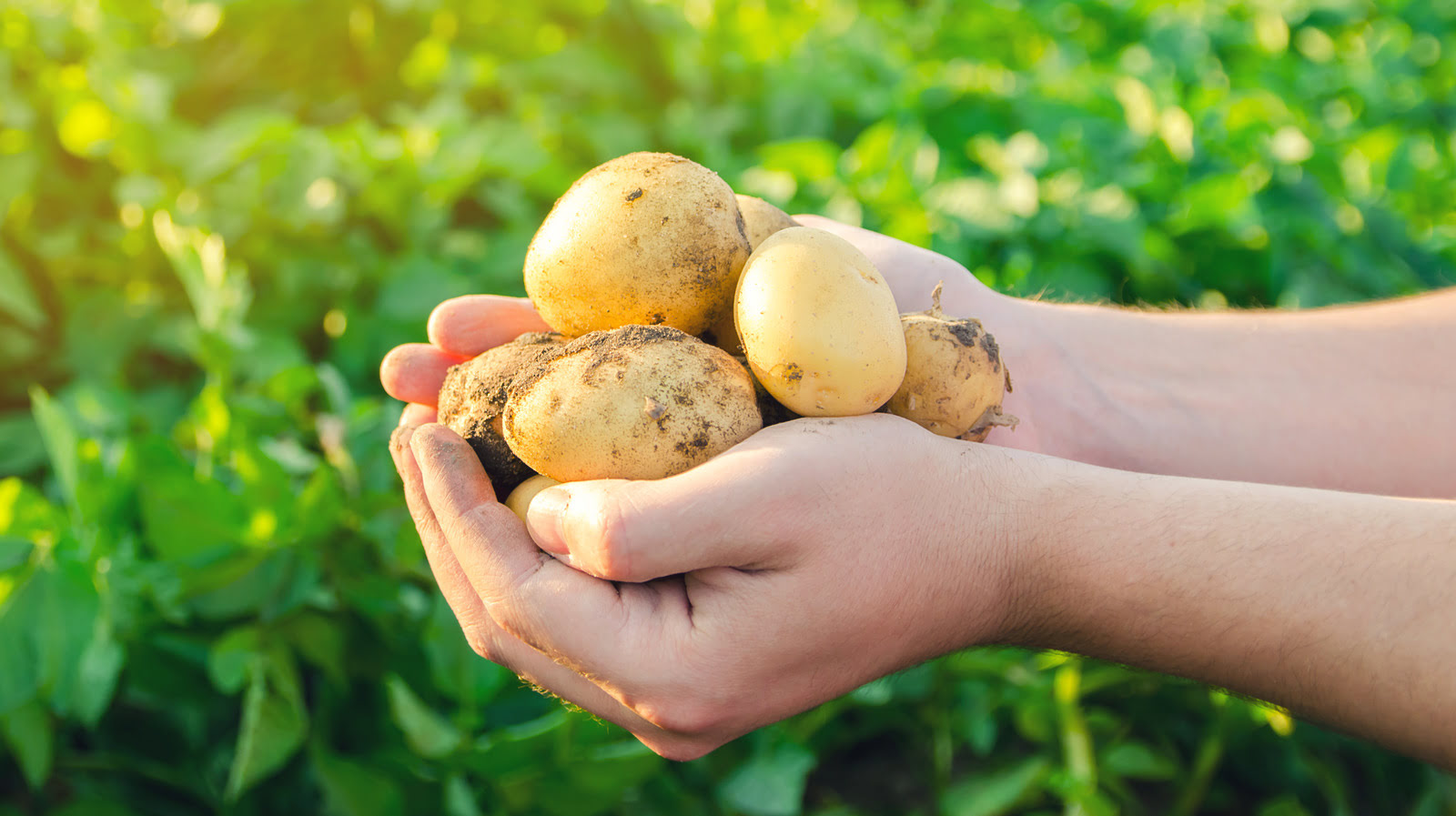
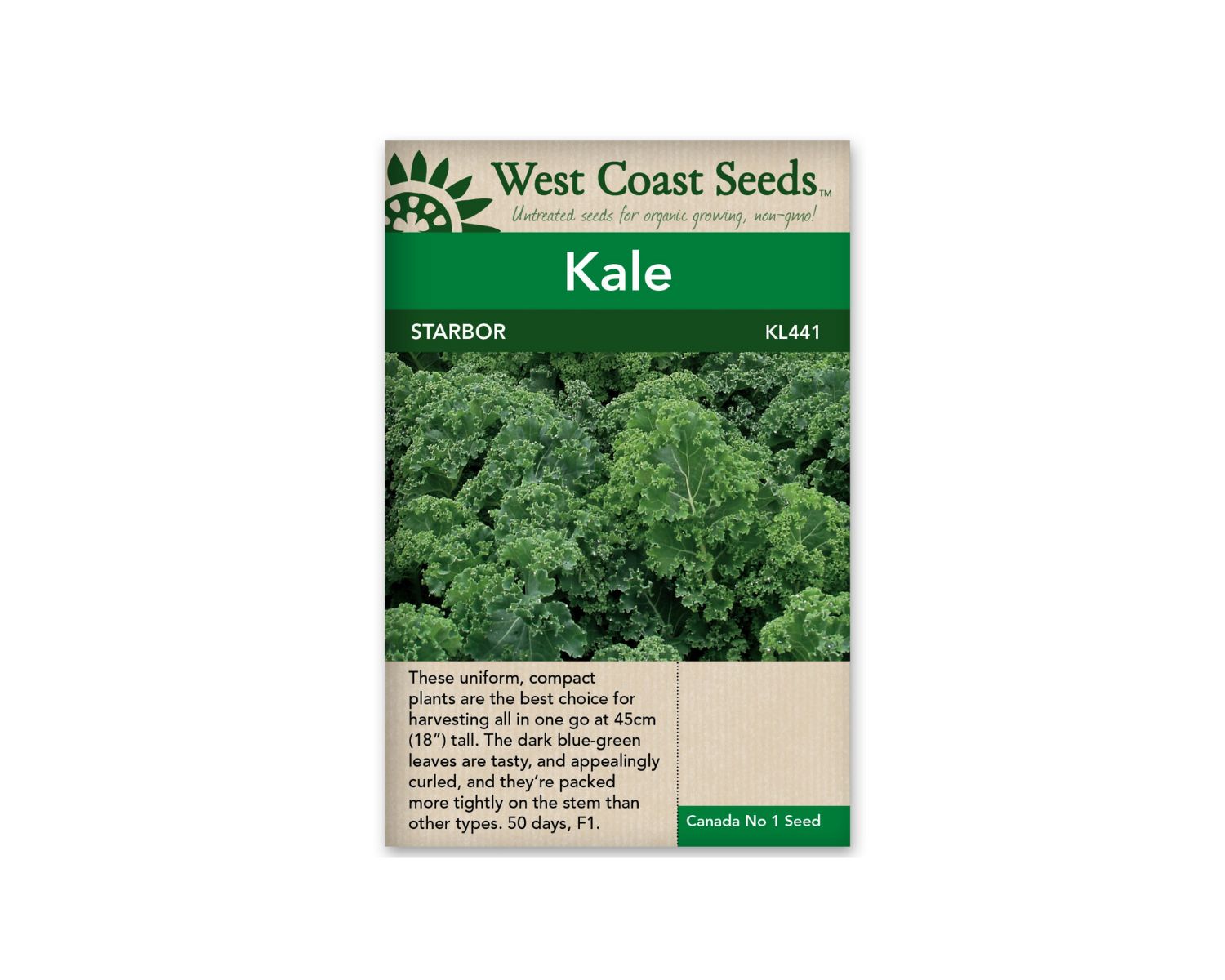
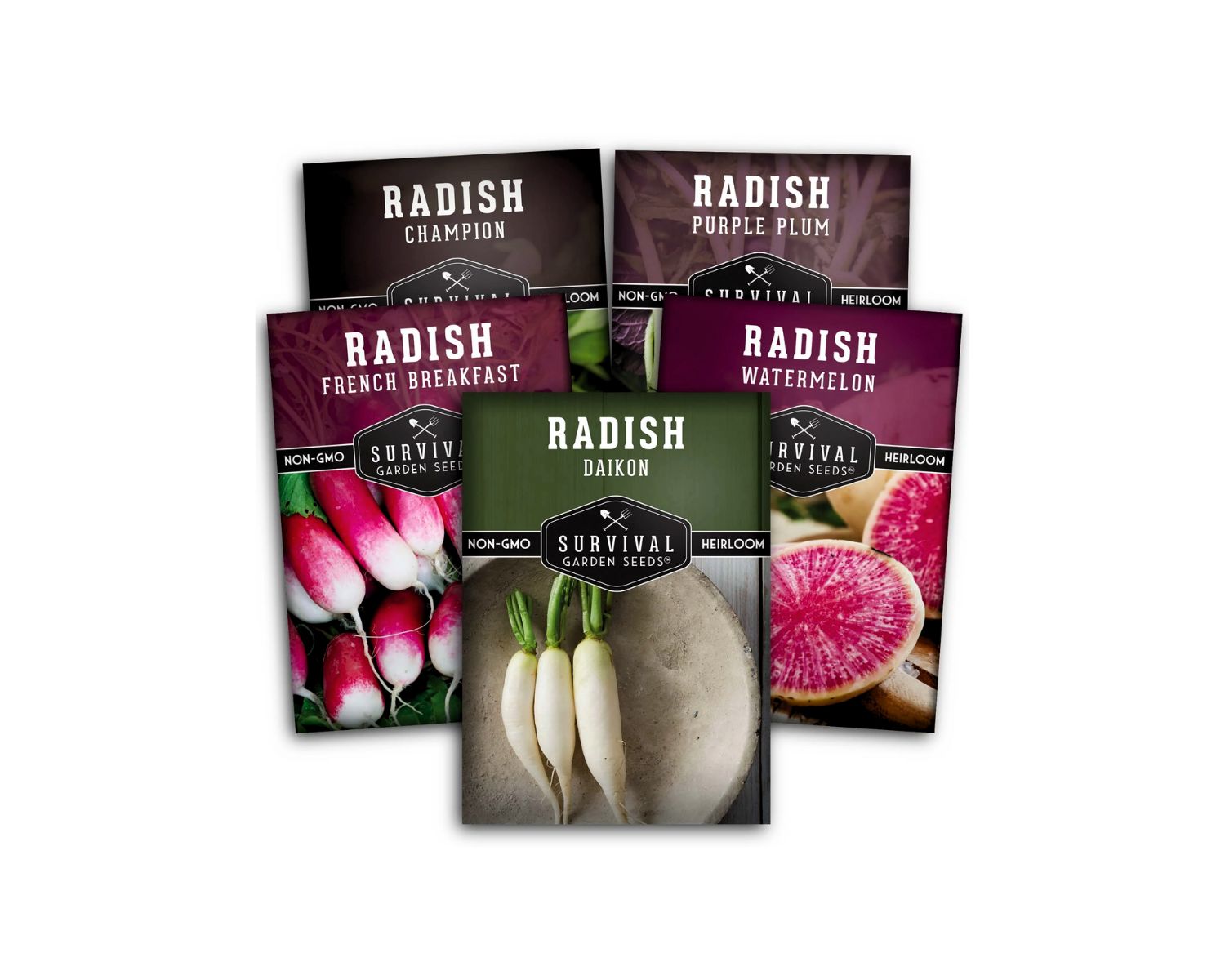
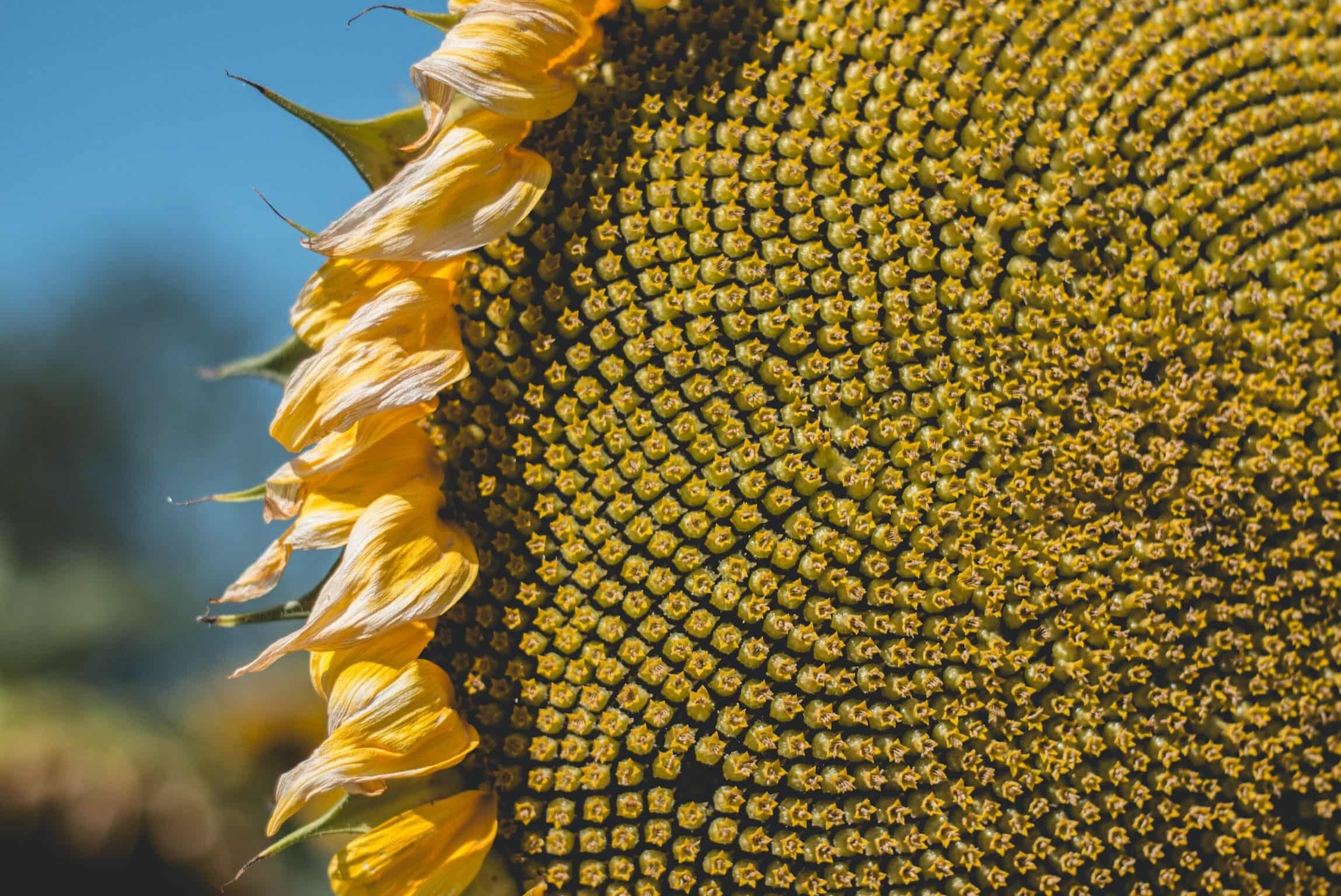
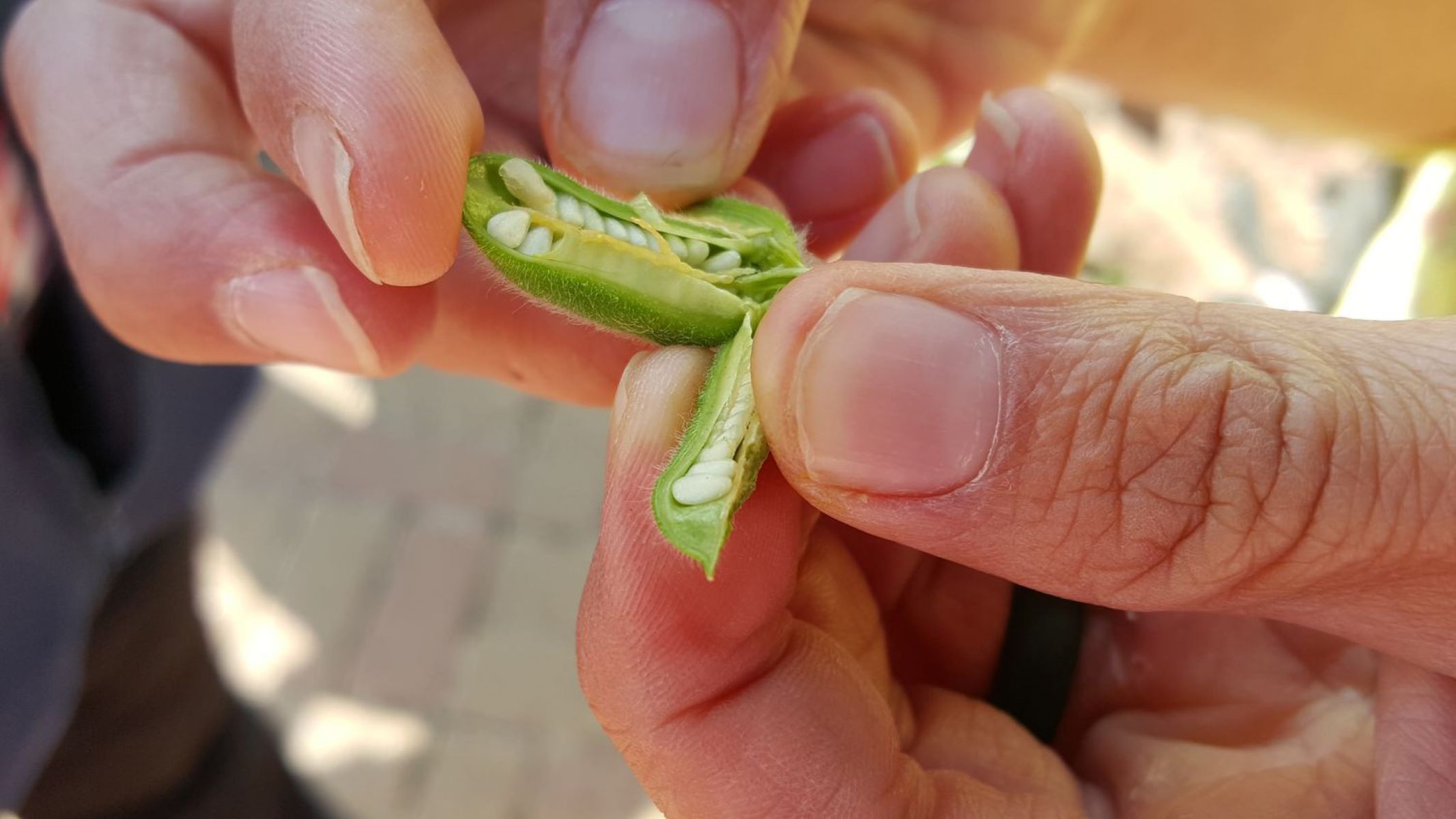
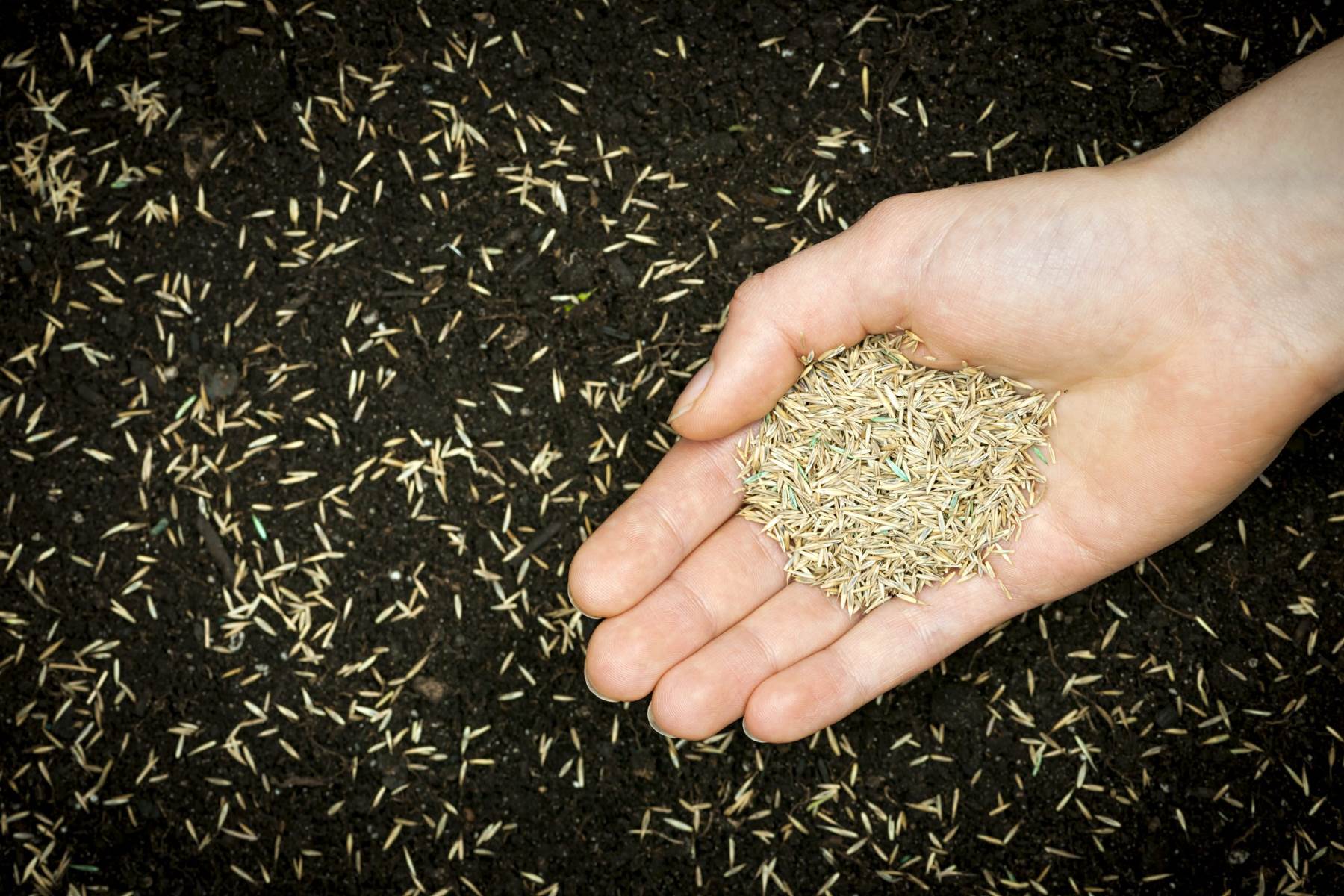
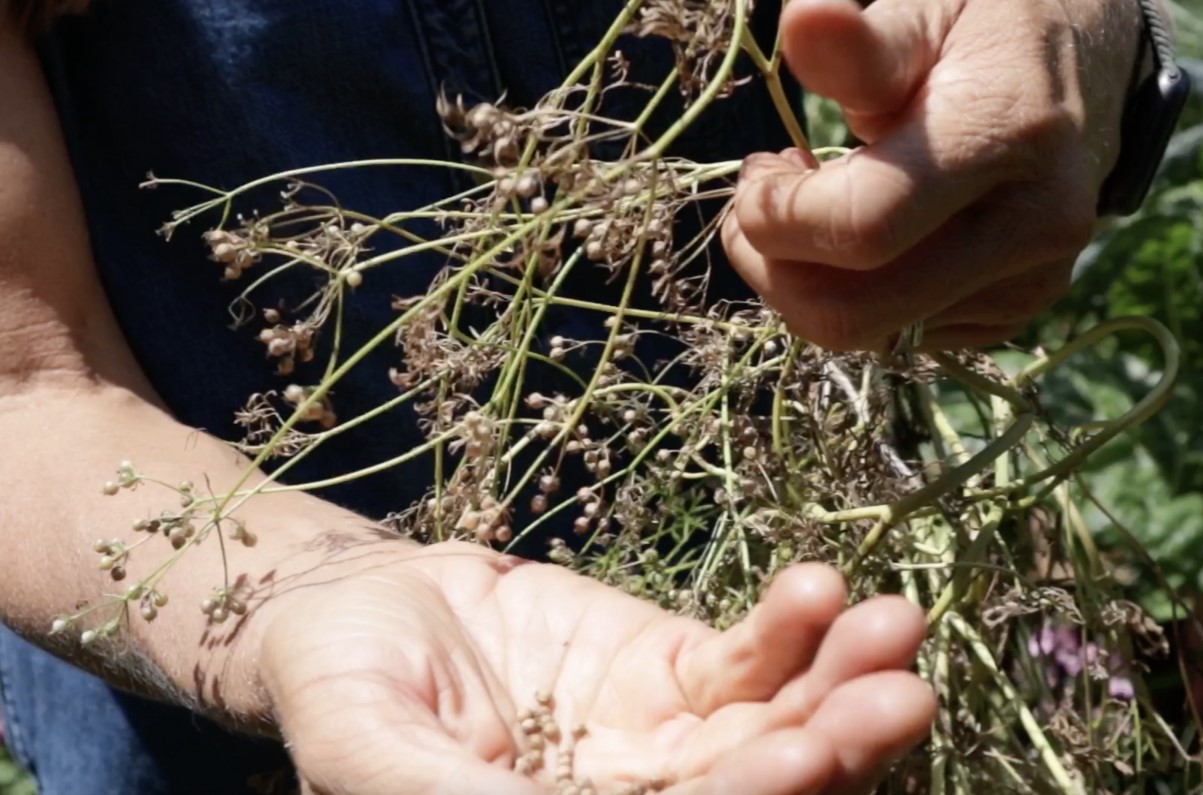
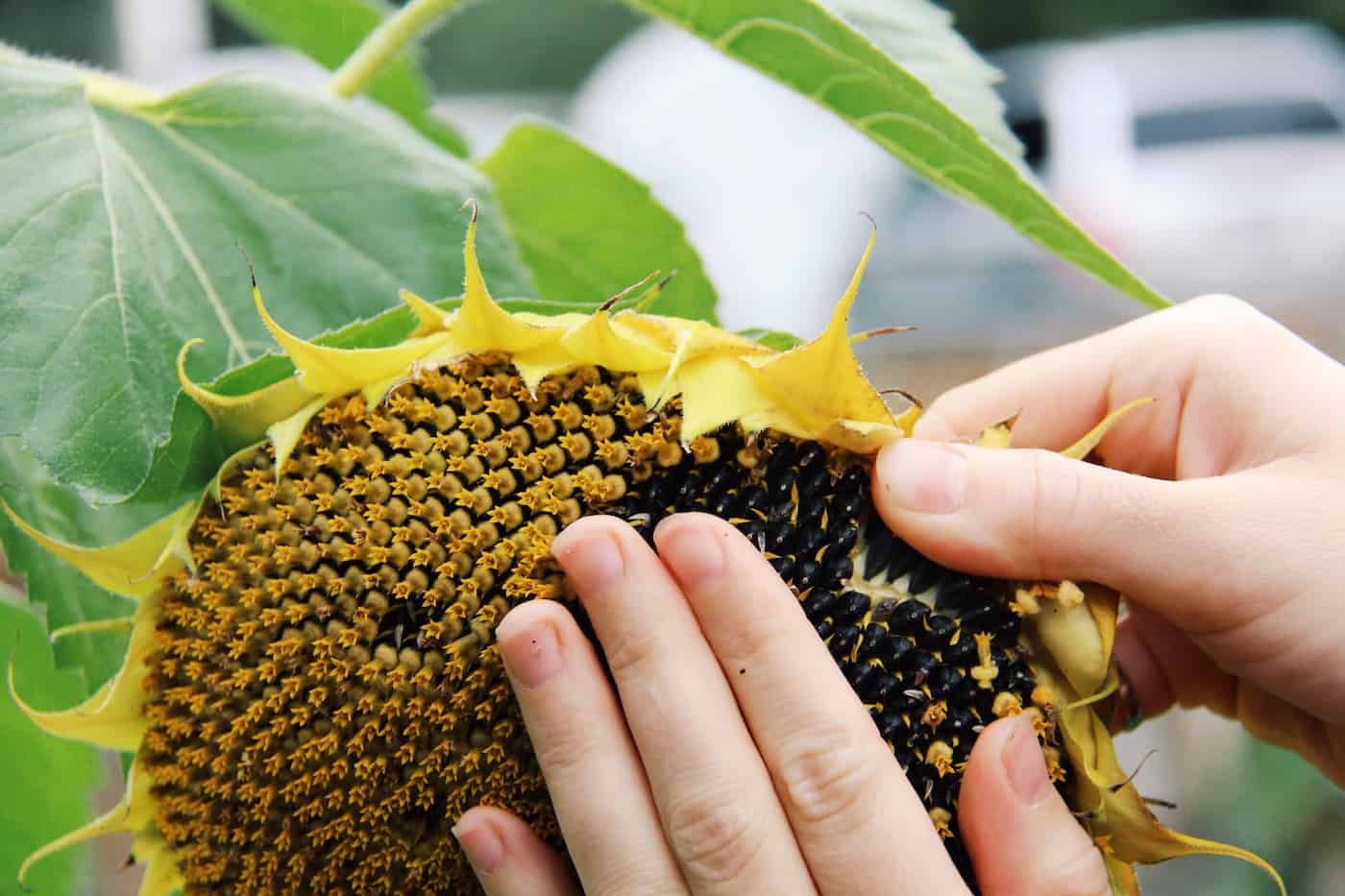
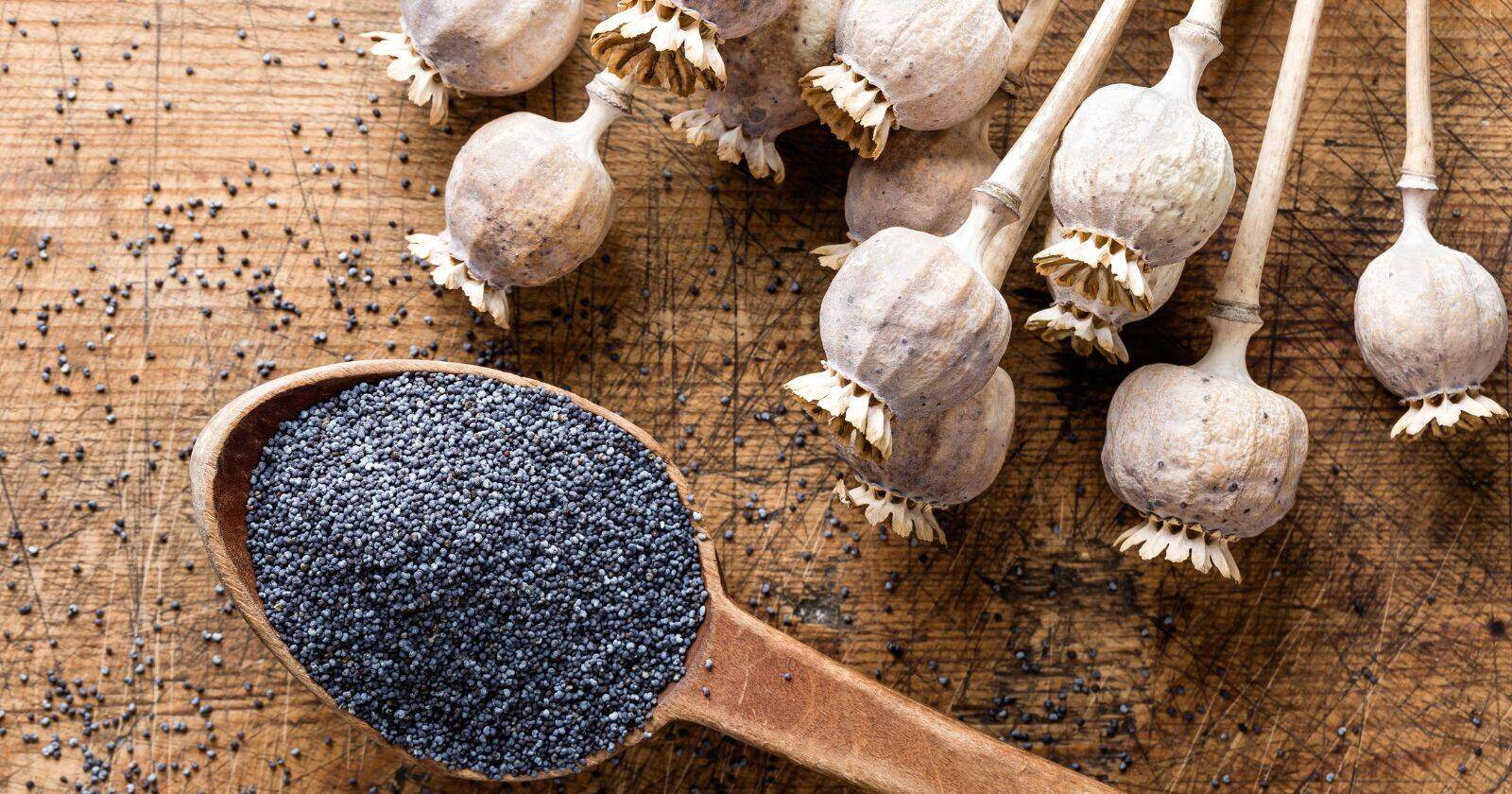
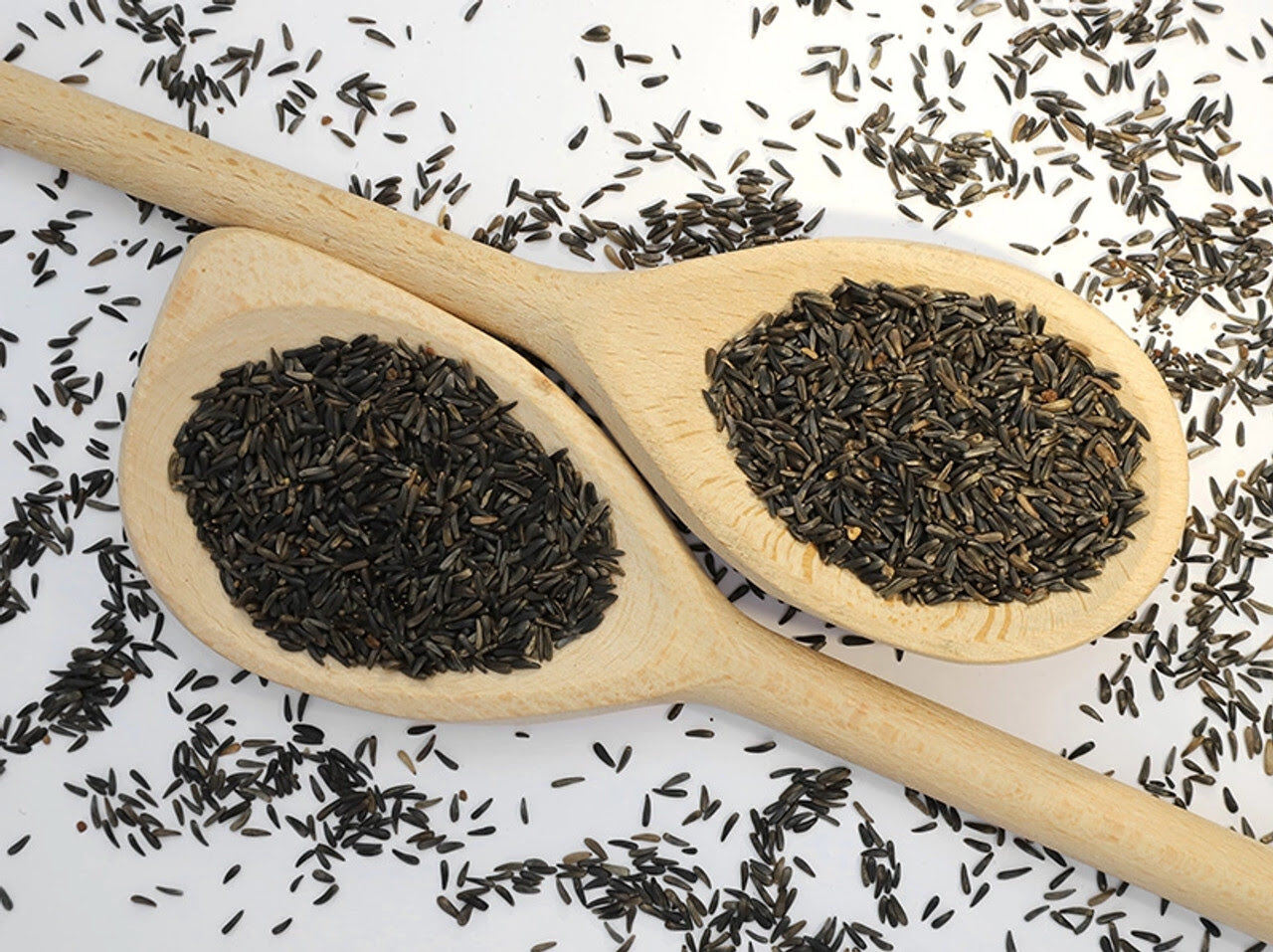
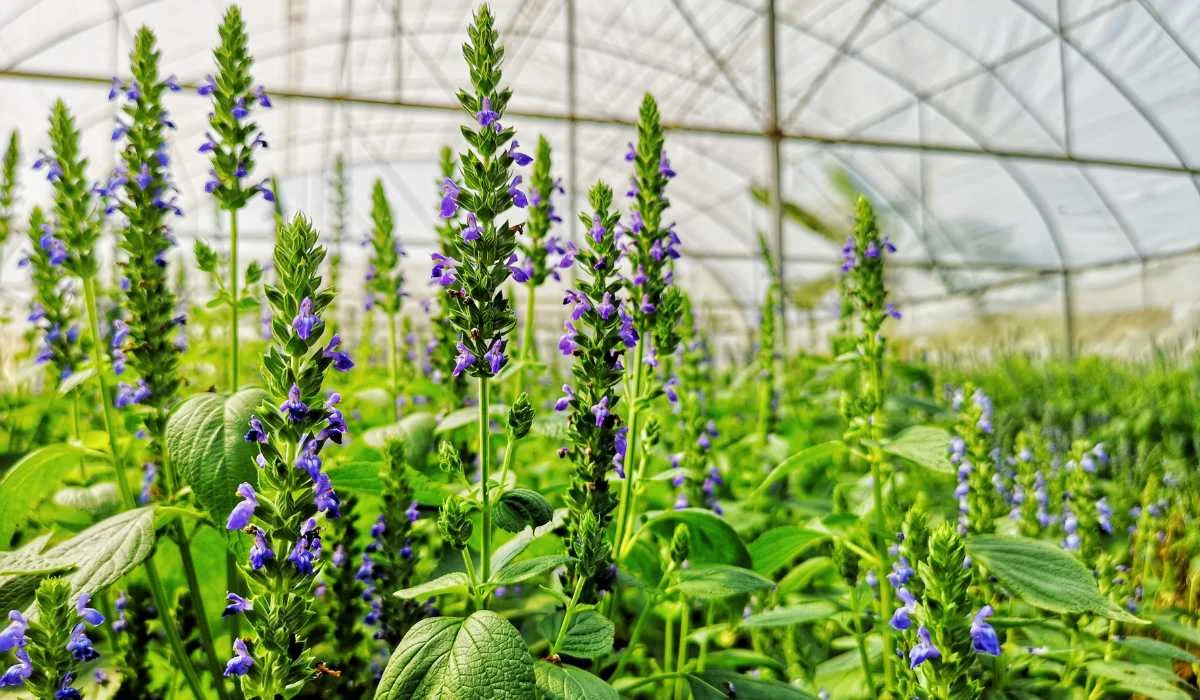
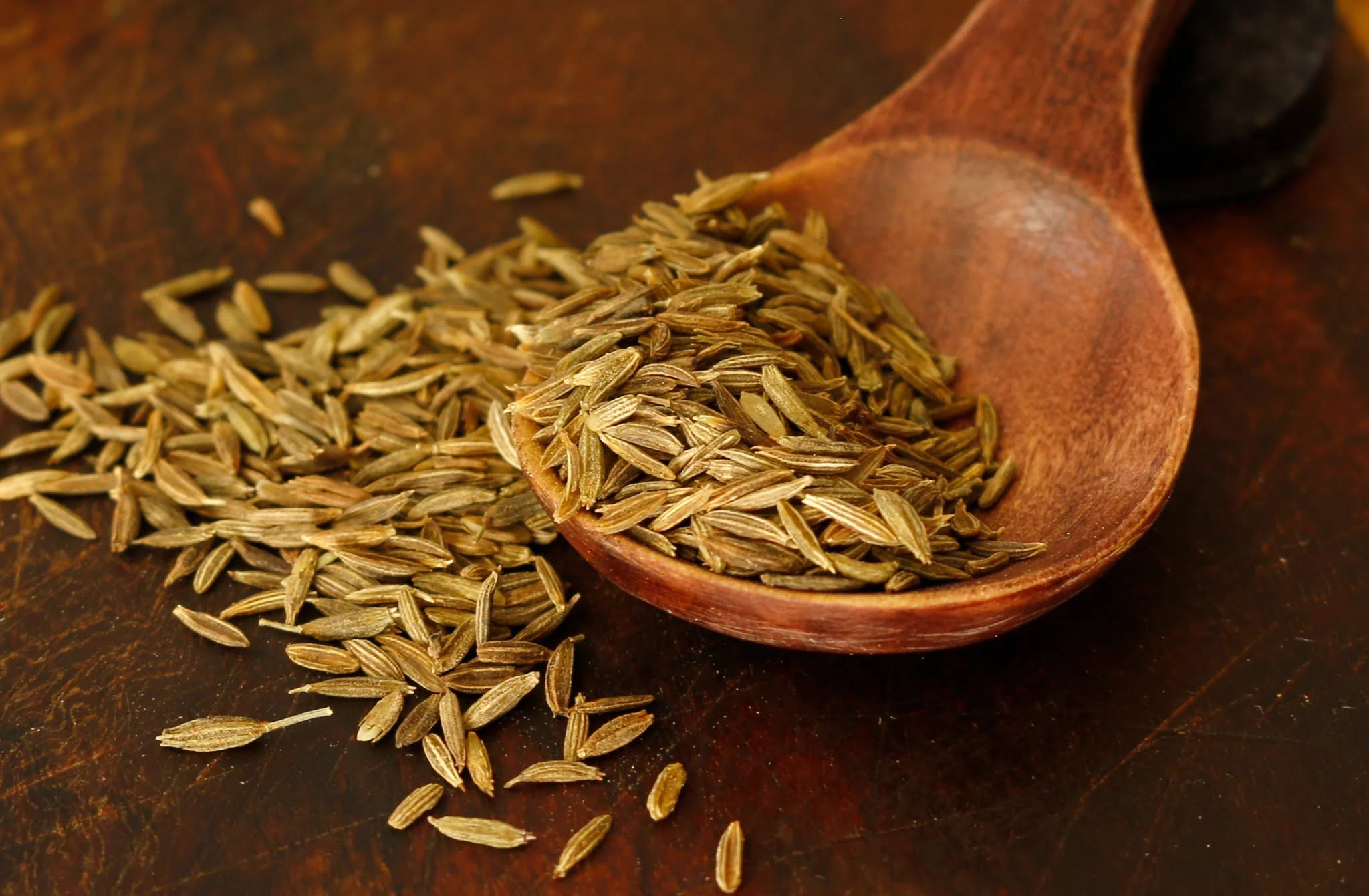
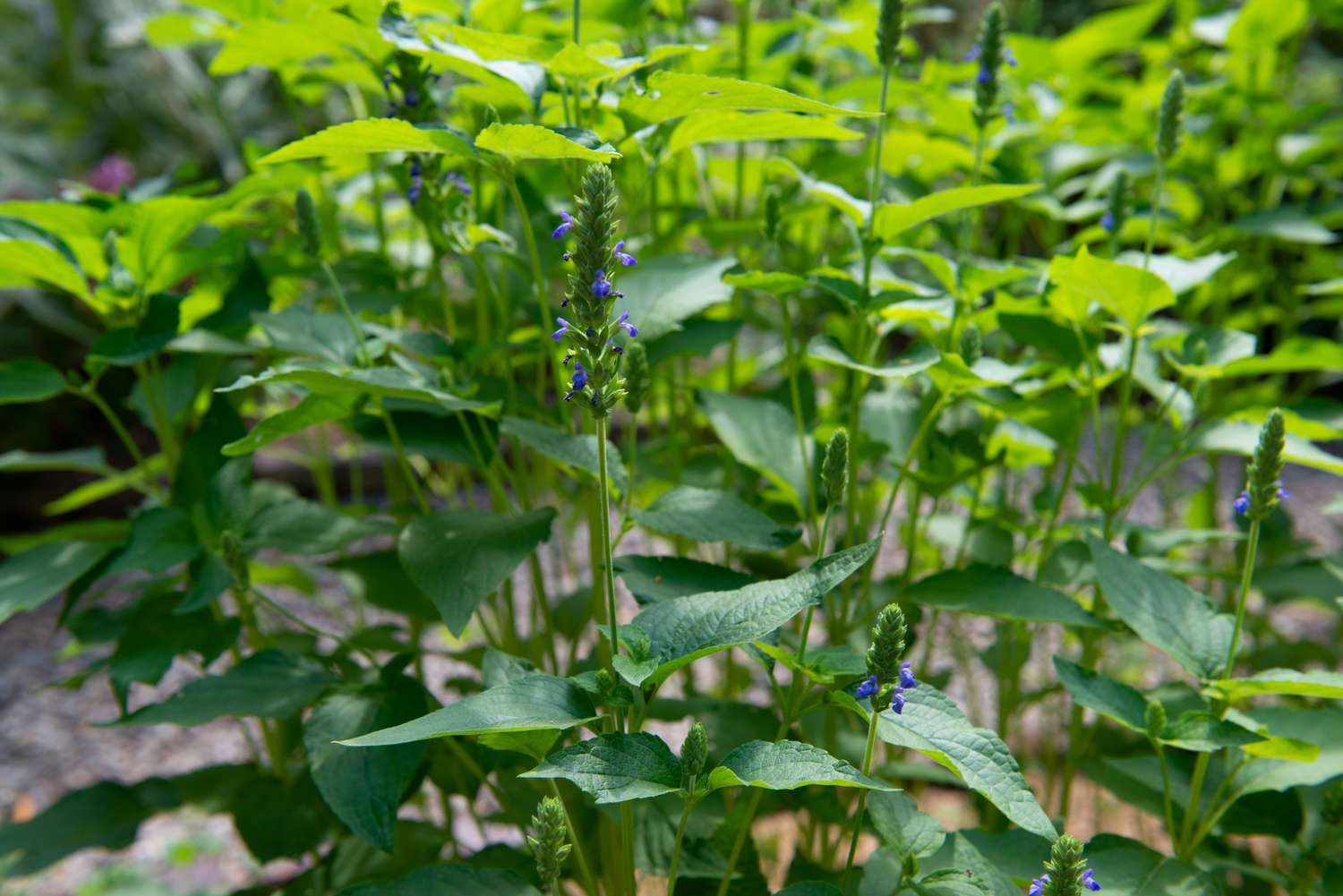
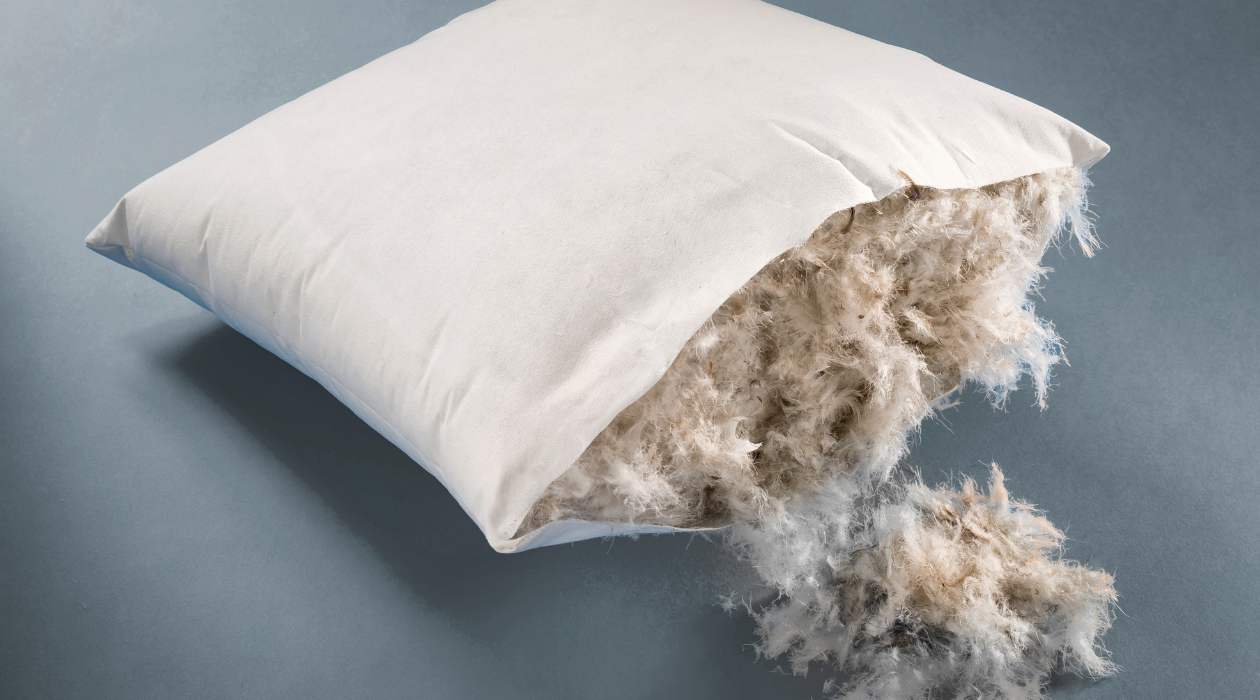

0 thoughts on “Where Do Pumpkin Seeds Come From”